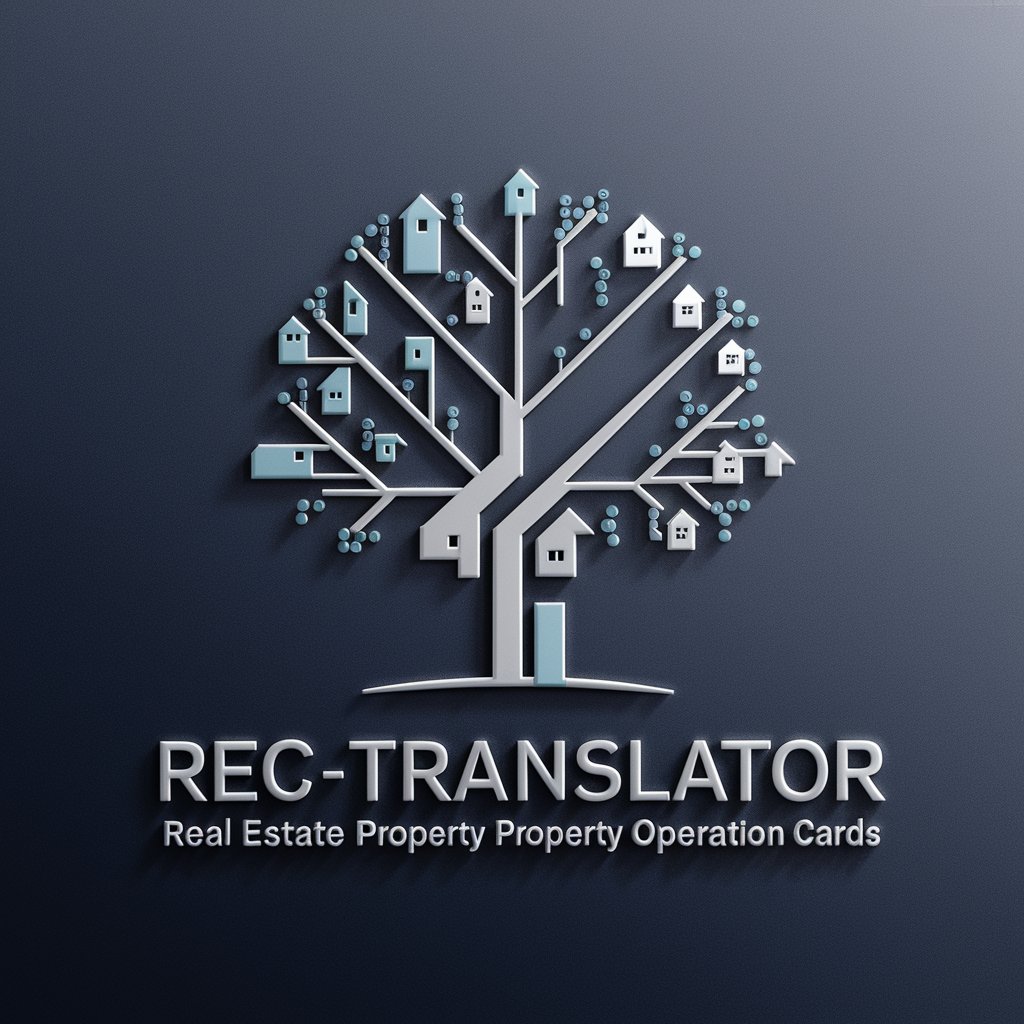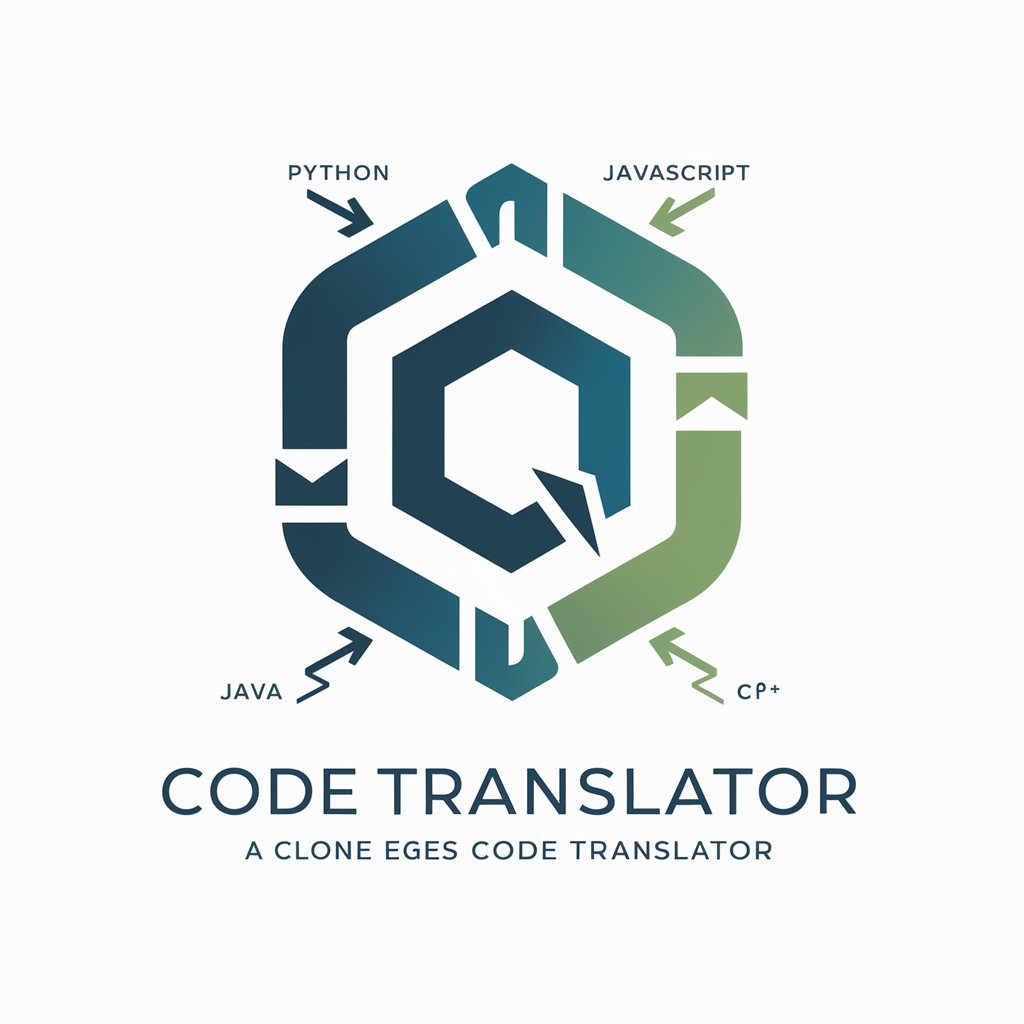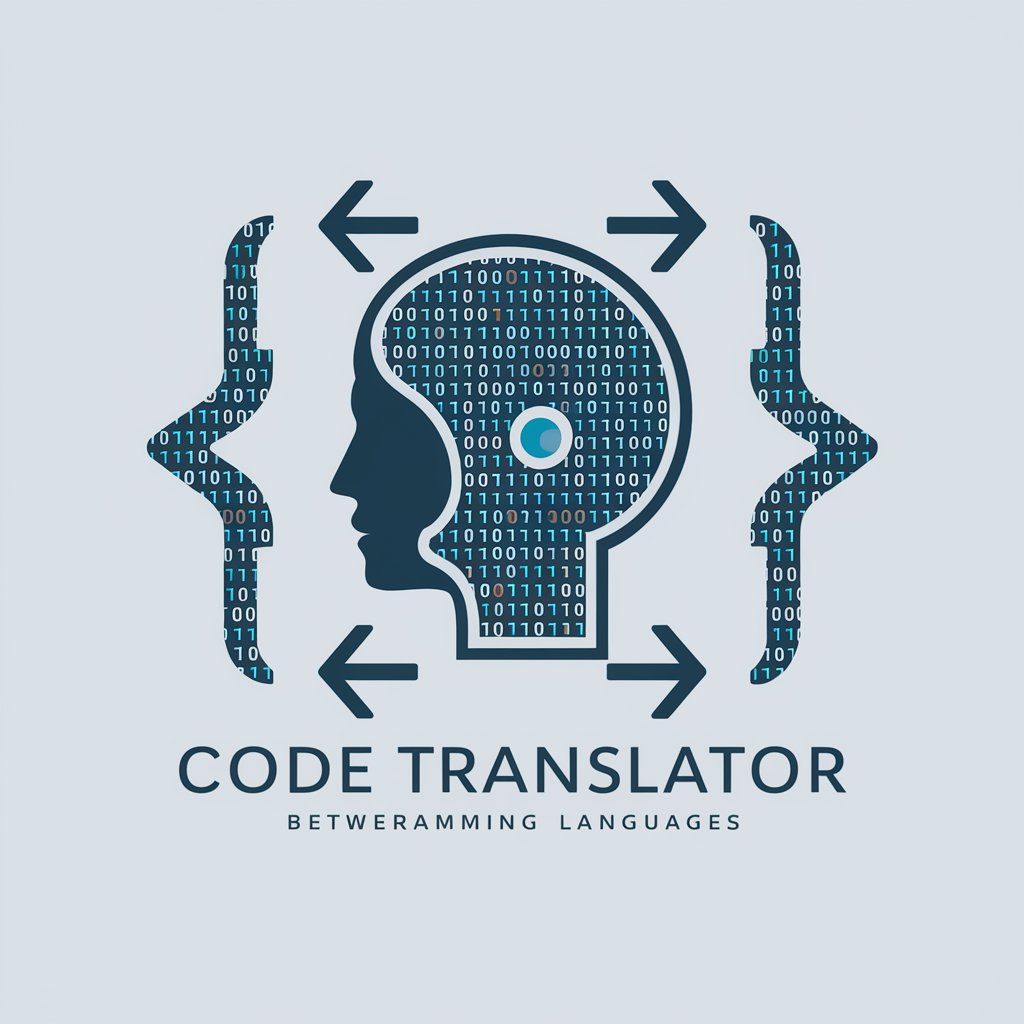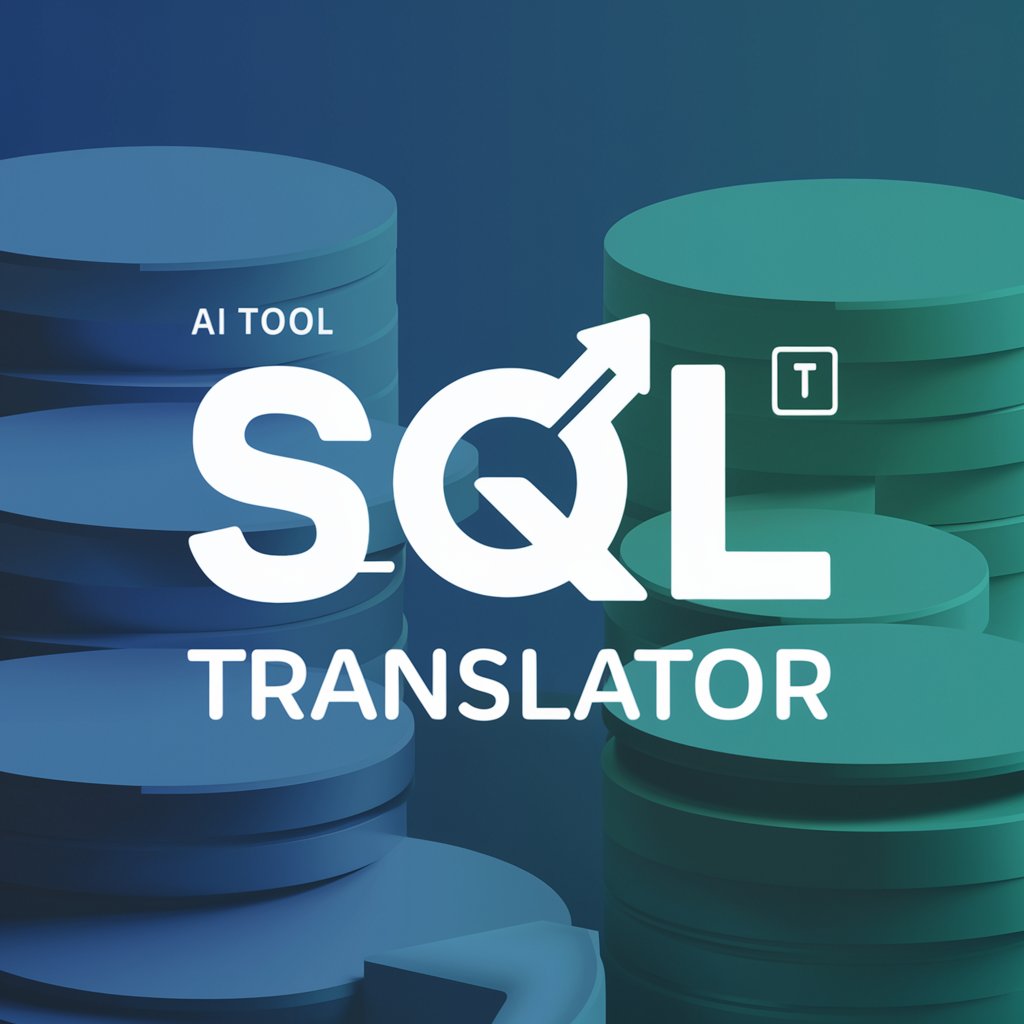
REC-translator - Real Estate Ontology Tool

Welcome to REC-translator, your expert in real estate data translation.
Transform Data with AI-powered REC-translator
Translate the following property operation card into a detailed REC tree structure:
Please provide the CSV format of the given real estate data converted into a REC tree:
Convert this real estate property information into a comprehensive REC tree CSV file:
Generate a detailed REC tree from the provided property operation details in CSV format:
Get Embed Code
Overview of REC-translator
REC-translator, or RealEstate Ontology Translator, is designed to interpret and convert property operation cards into structured REC trees, mainly in CSV format. Its primary purpose is to facilitate the translation of complex real estate data into a format that is easily understandable and usable for further analysis and processing. This tool is particularly useful in managing data that involves multiple layers of property attributes and relationships. For instance, in a scenario where a real estate company wants to digitize their property management records, REC-translator can systematically extract data from traditional records and convert them into REC trees, which outline the hierarchical relationships and characteristics of each property in a structured and queryable format. Powered by ChatGPT-4o。

Core Functions of REC-translator
Data Extraction and Translation
Example
Extracting attributes from a complex lease agreement and translating them into a REC tree format.
Scenario
A property management firm uses REC-translator to convert lease documents into a structured format to better analyze tenant agreements, property terms, and compliance issues across their portfolio.
Error Checking and Data Integrity
Example
Validating the consistency of data entries against predefined ontology rules to ensure accurate data structuring.
Scenario
During data migration for a real estate database, REC-translator identifies discrepancies in property size data, prompting a review and correction before finalizing the database.
Data Clarification Interaction
Example
Interactively querying the user to resolve ambiguities in data entries during the translation process.
Scenario
When processing a batch of property cards with unclear ownership status, REC-translator prompts the user to specify the owner's details for each ambiguous card, ensuring that the final REC tree accurately reflects ownership.
Target User Groups for REC-translator
Real Estate Data Analysts
Data analysts focusing on real estate markets benefit from REC-translator's ability to systematically convert complex datasets into structured formats, aiding in the analysis of market trends, property valuations, and investment opportunities.
Property Management Companies
These companies use REC-translator to streamline property management processes by transforming scattered data into organized databases, improving accessibility, and enabling efficient management of leases, maintenance, and compliance tracking.

Using REC-translator: A Step-by-Step Guide
Access REC-translator
Visit yeschat.ai to access REC-translator for a free trial without needing to log in or subscribe to ChatGPT Plus.
Upload Data
Prepare and upload your property operation cards in CSV format. Ensure that the data is clean and well-organized for optimal translation accuracy.
Configure Settings
Select the specific ontology settings relevant to your real estate data to tailor the REC tree output according to your needs.
Translate Data
Initiate the translation process. The tool will convert your CSV data into REC tree structures, asking for clarifications if the data is ambiguous.
Review and Export
Review the generated REC tree for accuracy. Make any necessary adjustments, then export the tree structure for further analysis or integration into your systems.
Try other advanced and practical GPTs
REC Expert Advisor | Retail Energy Code
Streamlining energy compliance with AI

nyc rec fren
Savor NYC with AI-Driven Dining Tips

Parenting Coach for Emotional Situations
Empowering parents with AI-driven DBT strategies.

ChatGPRizz
Empowering Conversations with AI

Blender Mentor
Empowering artists with AI-driven 3D creativity.

Lecture 20: Instruments for Charged Particles
Decoding the invisible, powerfully.

Sneaker Rec
Tailored Sneaker Recommendations, Powered by AI

Book Rec Expert
Discover Your Next Read with AI

RoomGPT
Crafting Virtual Experiences with AI

Blissful Guide
Harness Nature's Energies, Mindfully

Blissful Bells
AI-powered Wedding Planner

Blissful Bedtime
Empowering parents, nurturing children.

Frequently Asked Questions About REC-translator
What file formats does REC-translator support?
REC-translator primarily supports CSV file formats, which is the standard format for input to ensure compatibility with most real estate and ontology databases.
Can REC-translator handle multiple languages in data?
Currently, REC-translator is optimized for English language data. However, it can process data in other languages if it is formatted correctly and the specific ontologies support those languages.
What should I do if the REC tree contains errors?
If errors occur, review the input data for inaccuracies or formatting issues. You can also adjust the ontology settings or contact support for guidance on correcting the REC tree structure.
Is REC-translator suitable for large-scale projects?
Yes, REC-translator is designed to handle large-scale real estate projects efficiently, capable of processing extensive datasets and delivering comprehensive REC trees swiftly.
How secure is the data processed by REC-translator?
Data security is a priority for REC-translator. All data processed is encrypted and stored securely, with access limited to authorized users only, ensuring confidentiality and integrity.





